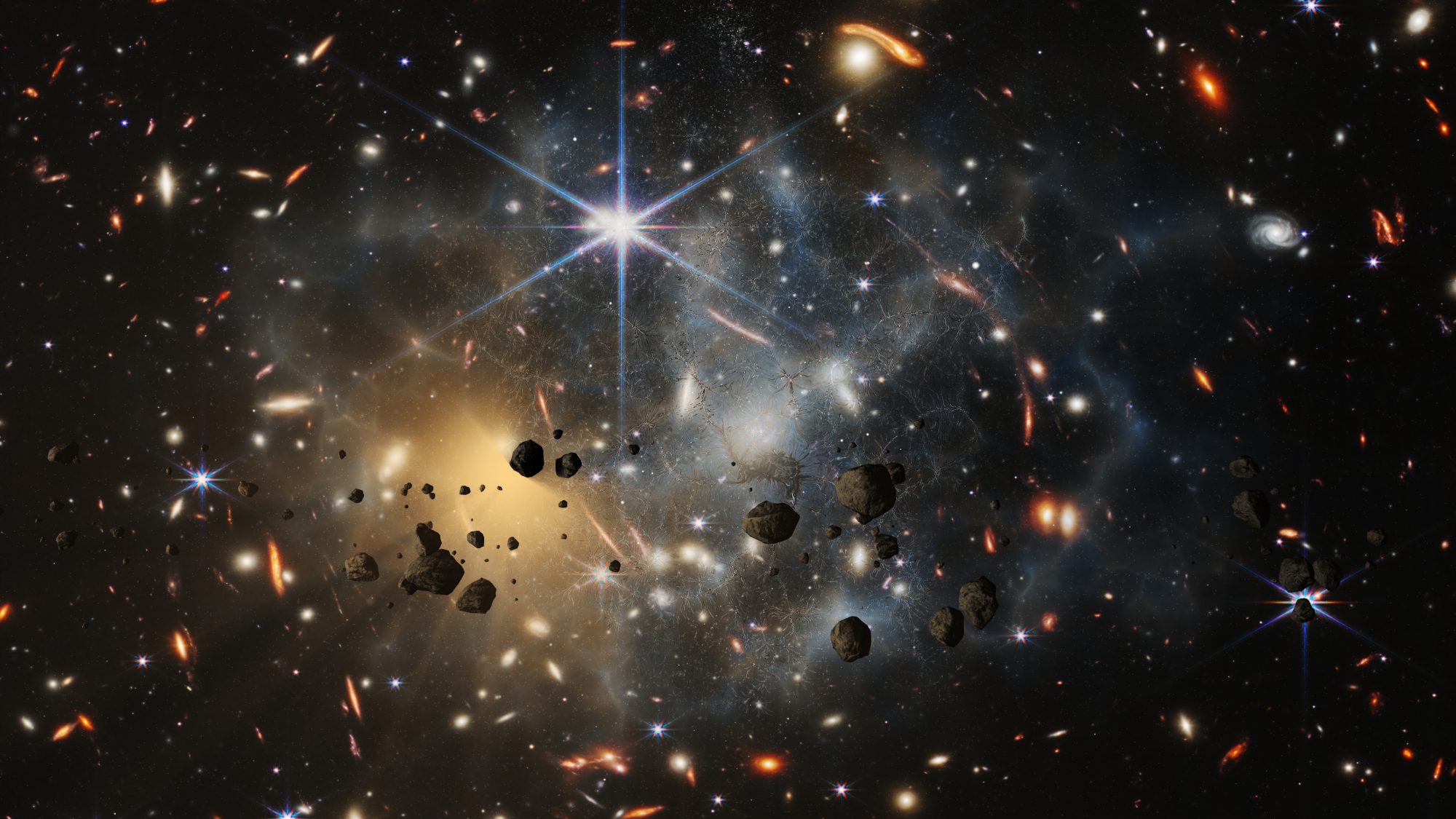The James Webb Space Telescope (JWST), in collaboration with NASA, the European Space Agency, and the Canadian Space Agency, is conducting research into early star formation in galaxies
One of its major programs, JADES (The JWST Advanced Deep Extragalactic Survey), aims to uncover and characterise faint, distant galaxies, devoting about 32 days to a telescope to understand the history of early star formation.
JADES, with collaboration from the University of Cambridge, have discovered hundreds of galaxies that existed when the universe was less than 600 million years old, including galaxies with numerous young stars.
Understanding the process of reionisation in the universe
For hundreds of millions of years after the big bang, the universe was filled with a gaseous fog.
By one billion years after the big bang, the fog had cleared and the universe became transparent, a process known as reionisation.
Scientists are seeking to answer whether active, supermassive black holes or galaxies full of hot, young stars were the primary cause of reionisation.
These bright, massive stars pumped out ultraviolet light, which transformed surrounding gas from opaque to transparent by ionising the atoms, removing electrons from their nuclei.
Since these early galaxies had such a large population of hot, massive stars, they may have been the main driver of the reionisation process. The later reuniting of the electrons and nuclei produces distinctively strong emission lines.
From this, researchers aim to answer various questions about early galaxies, such as how they assembled themselves, how fast star formation occurs, and why some galaxies stop forming stars.
The extragalactic research uses deep imaging and spectroscopy around the Hubble Ultra Deep Field
JADES imaging provides data on infrared, covering a wider area than previous imaging with the Hubble Space Telescope. JADES has found strong emission line signatures indicating intense recent star formation in nearly every galaxy studied, suggesting that these early galaxies were able to create hot, massive stars.
The presence of such stars would have emitted ultraviolet light, transforming surrounding gas from opaque to transparent by ionising the atoms.
The team also discovered evidence of periodic fits and starts in star formation, possibly resulting from the galaxies capturing clumps of gaseous materials or the energy injected by exploding massive stars.
A compact galaxy in the infant universe, just 700 million years after the Big Bang
JADES has provided insights into the structural evolution of galaxies after the big bang.
The program discovered a compact galaxy in the infant universe, just 700 million years after the Big Bang, with the structure of a much more mature galaxy.
By measuring the redshift of these galaxies, astronomers can determine their distance and when they existed in the early universe, making researchers able to identify the earliest galaxies that existed when the universe was less than 400 million years old.
Webb’s NIRCam instrument has allowed researchers to estimate the distances of thousands of galaxies using photometric redshifts.
JADES has revealed over 700 candidate galaxies that existed when the universe was between 370 million and 650 million years old, far surpassing previous observations.
The discoveries made by JADES have revolutionised our understanding of early star formation, but the telescope’s improved resolution and sensitivity have revealed that the process is much more complex than previously thought.
The telescope’s improved resolution has revealed the process is much more complex than previously thought
Professor Roberto Maiolino said: “I was surprised to find such a compact galaxy this early in the universe. I’m excited that the telescope works so well, allowing us to do such detailed measurements of galaxies that are so distant.”
Kevin Hainline of the University of Arizona in Tucson added: “Previously, the earliest galaxies we could see just looked like little smudges. And yet those smudges represent millions or even billions of stars at the beginning of the universe.
“Now, we can see that some of them are actually extended objects with visible structure. We can see groupings of stars being born only a few hundred million years after the beginning of time.”











